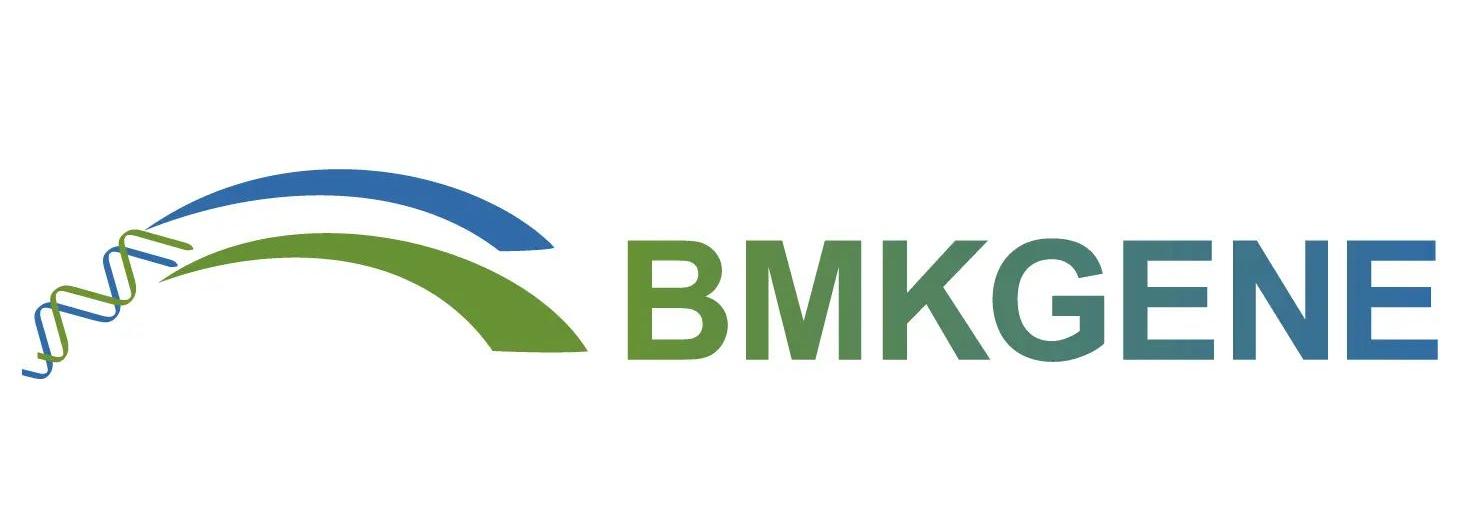-
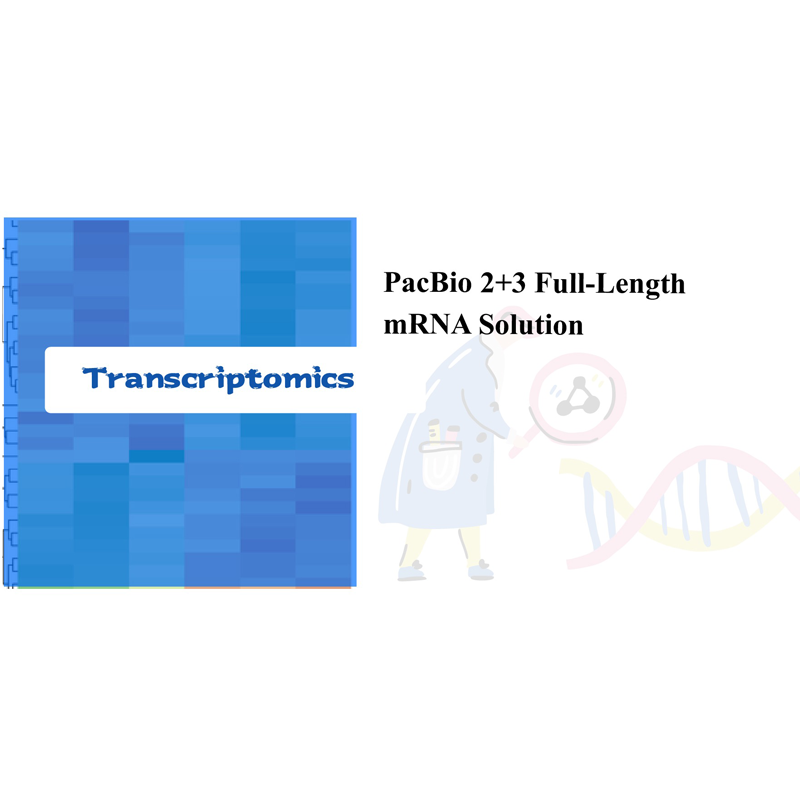
PacBio 2+3 Full-Length mRNA Solution
While NGS-based mRNA sequencing is a versatile tool for quantifying gene expression, its reliance on short reads restricts its efficacy in complex transcriptomic analyses. On the other hand, PacBio sequencing (Iso-Seq) employs long-read technology, enabling the sequencing of full-length mRNA transcripts. This approach facilitates a comprehensive exploration of alternative splicing, gene fusions, and poly-adenylation, although it is not the primary choice for gene expression quantification. The 2+3 combination bridges the gap between Illumina and PacBio by relying on PacBio HiFi reads to identify the complete set of transcript isoforms and NGS sequencing to quantify the identical isoforms.
Platforms: PacBio Sequel II and Illumina NovaSeq
-
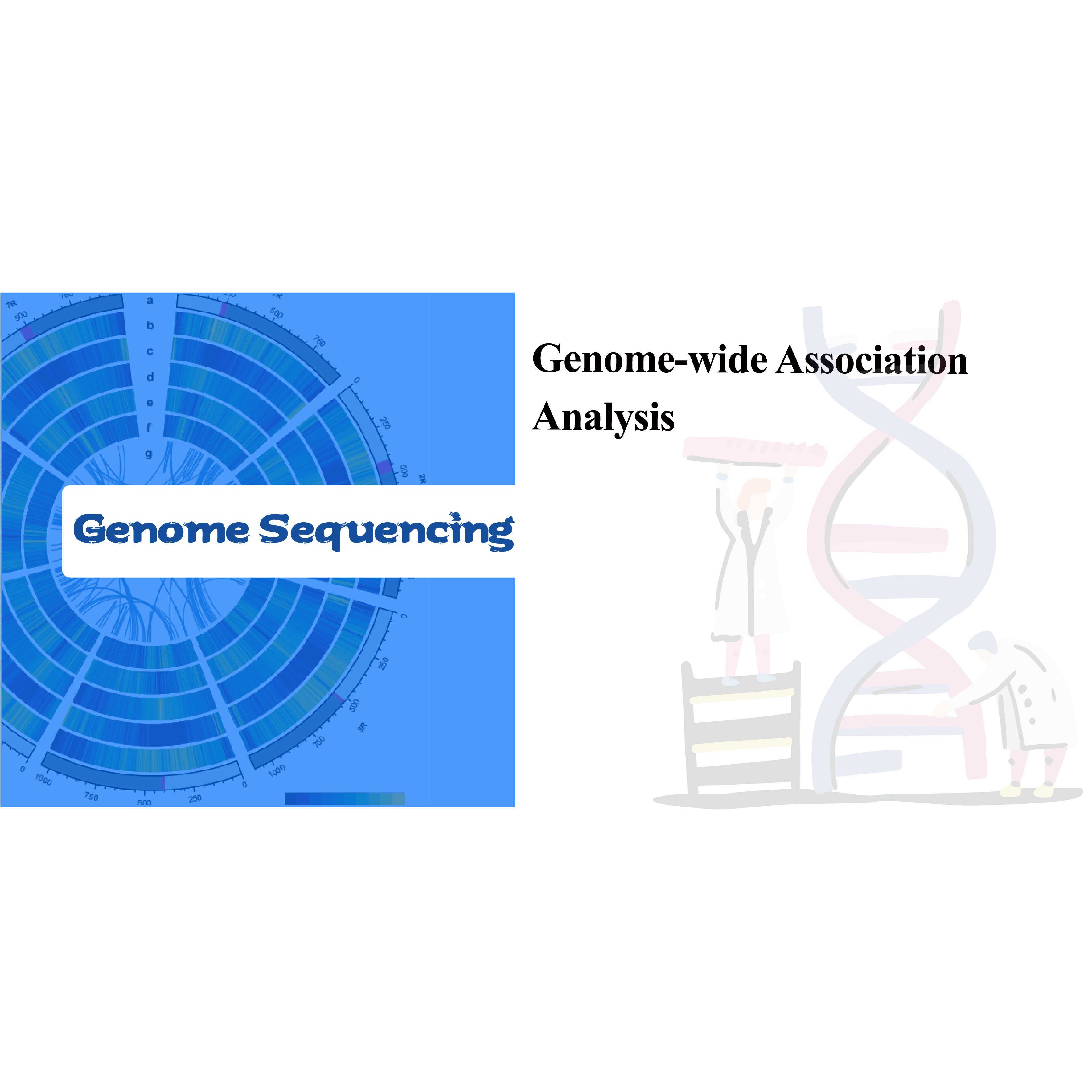
Genome-wide Association Analysis
The aim of Genome-Wide Association Studies (GWAS) is to identify genetic variants (genotypes) linked to specific traits (phenotypes). By scrutinizing genetic markers across the entire genome in a large number of individuals, GWAS extrapolates genotype-phenotype associations through population-level statistical analyses. This methodology finds extensive applications in researching human diseases and exploring functional genes related to complex traits in animals or plants.
At BMKGENE, we offer two avenues for conducting GWAS on large populations: employing Whole-Genome Sequencing (WGS) or opting for a reduced representation genome sequencing method, the in-house-developed Specific-Locus Amplified Fragment (SLAF). While WGS suits smaller genomes, SLAF emerges as a cost-effective alternative for studying larger populations with longer genomes, effectively minimizing sequencing costs, while guaranteeing a high genetic marker discovery efficiency.
-

Single- nucleus RNA Sequencing
The development of single-cell capture and custom library construction techniques, coupled with high-throughput sequencing, has revolutionized gene expression studies at the cell level. This breakthrough allows for deeper and more comprehensive analysis of complex cell populations, overcoming the limitations associated with averaging gene expression over all cells and preserving the true heterogeneity within these populations. While single-cell RNA sequencing (scRNA-seq) has undeniable advantages, it encounters challenges in certain tissues where the creation of a single-cell suspension proves difficult and requires fresh samples. At BMKGene, we address this hurdle by offering single-nucleus RNA sequencing (snRNA-seq) using the state-of-the-art 10X Genomics Chromium technology. This approach broadens the spectrum of samples amenable to transcriptome analysis at the single-cell level.
The isolation of nuclei is accomplished through the innovative 10X Genomics Chromium chip, featuring an eight-channel microfluidics system with double crossings. Within this system, gel beads incorporating barcodes, primers, enzymes, and a single nucleus are encapsulated in nanoliter-sized oil drops, forming Gel Bead-in-Emulsion (GEM). Following GEM formation, cell lysis and barcode release occur within each GEM. Subsequently, mRNA molecules undergo reverse transcription into cDNAs, incorporating 10X barcodes and Unique Molecular Identifiers (UMIs). These cDNAs are then subjected to standard sequencing library construction, facilitating a robust and comprehensive exploration of gene expression profiles at the single-cell level.
Platform: 10× Genomics Chromium Spatial Transcriptomics chip and Illumina NovaSeq Platform
-
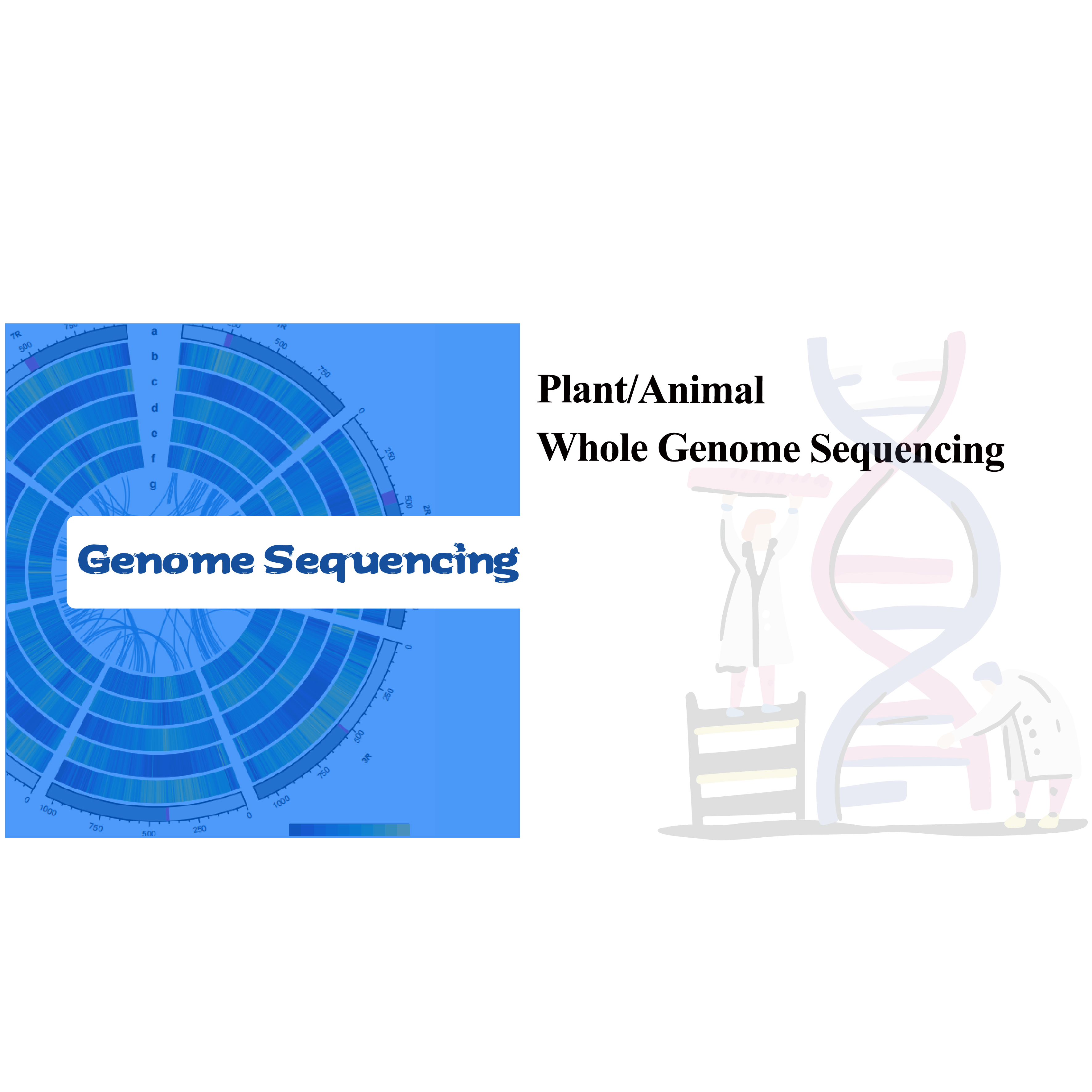
Plant/Animal Whole Genome Sequencing
Whole Genome Sequencing (WGS), also known as resequencing, refers to the whole genome sequencing of different individuals of species with known reference genomes. On this basis, the genomic differences of individuals or populations can be further identified. WGS enables the identification of Single Nucleotide Polymorphism (SNP), Insertion Deletion (InDel), Structure variation (SV), and Copy Number Variation (CNV). SVs comprise a larger portion of the variation base than SNPs and have a greater impact on the genome, substantially affecting living organisms. While short-read resequencing is effective in identifying SNPs and InDels, long-read resequencing allows for more precise identification of large fragments and complicated variations.
-

BMKMANU S1000 Spatial Transcriptome
Spatial transcriptomics stands at the forefront of scientific innovation, empowering researchers to delve into intricate gene expression patterns within tissues while preserving their spatial context. Amidst various platforms, BMKGene has developed the BMKManu S1000 Spatial Transcriptome Chip, boasting an enhanced resolution of 5µM, reaching the subcellular range, and enabling multi-level resolution settings. The S1000 chip, featuring approximately 2 million spots, employs microwells layered with beads loaded with spatially barcoded capture probes. A cDNA library, enriched with spatial barcodes, is prepared from the S1000 chip and subsequently sequenced on the Illumina NovaSeq platform. The combination of spatially barcoded samples and UMIs ensures the accuracy and specificity of the data generated. The BMKManu S1000 chip’s unique attribute lies in its versatility, offering multi-level resolution settings that can be finely tuned to different tissues and levels of detail. This adaptability positions the chip as an outstanding choice for diverse spatial transcriptomics studies, ensuring precise spatial clustering with minimal noise.
Using the BMKManu S1000 chip and other spatial transcriptomics technologies, researchers can gain a better understanding of the spatial organization of cells and the complex molecular interactions that occur within tissues, providing invaluable insights into the mechanisms underlying biological processes in a wide range of fields, including oncology, neuroscience, developmental biology, immunology and botanical studies.
Platform: BMKManu S1000 chip and Illumina NovaSeq
-

10x Genomics Visium Spatial Transcriptome
Spatial transcriptomics is a cutting-edge technology that allows researchers to investigate gene expression patterns within tissues while preserving their spatial context. One powerful platform in this domain is 10x Genomics Visium coupled with Illumina sequencing. The principle of 10X Visium lies on a specialized chip with a designated capture area where tissue sections are placed. This capture area contains barcoded spots, each corresponding to a unique spatial location within the tissue. The captured RNA molecules from the tissue are then labeled with unique molecular identifiers (UMIs) during the reverse transcription process. These barcoded spots and UMIs enable precise spatial mapping and quantification of gene expression at a single-cell resolution. The combination of spatially barcoded samples and UMIs ensures the accuracy and specificity of the data generated. By using this Spatial Transcriptomics technology, researchers can gain a deeper understanding of the spatial organization of cells and the complex molecular interactions occurring within tissues, offering invaluable insights into the mechanisms underlying biological processes in multiple fields, including oncology, neuroscience, developmental biology, immunology, and botanical studies.
Platform: 10X Genomics Visium and Illumina NovaSeq
-
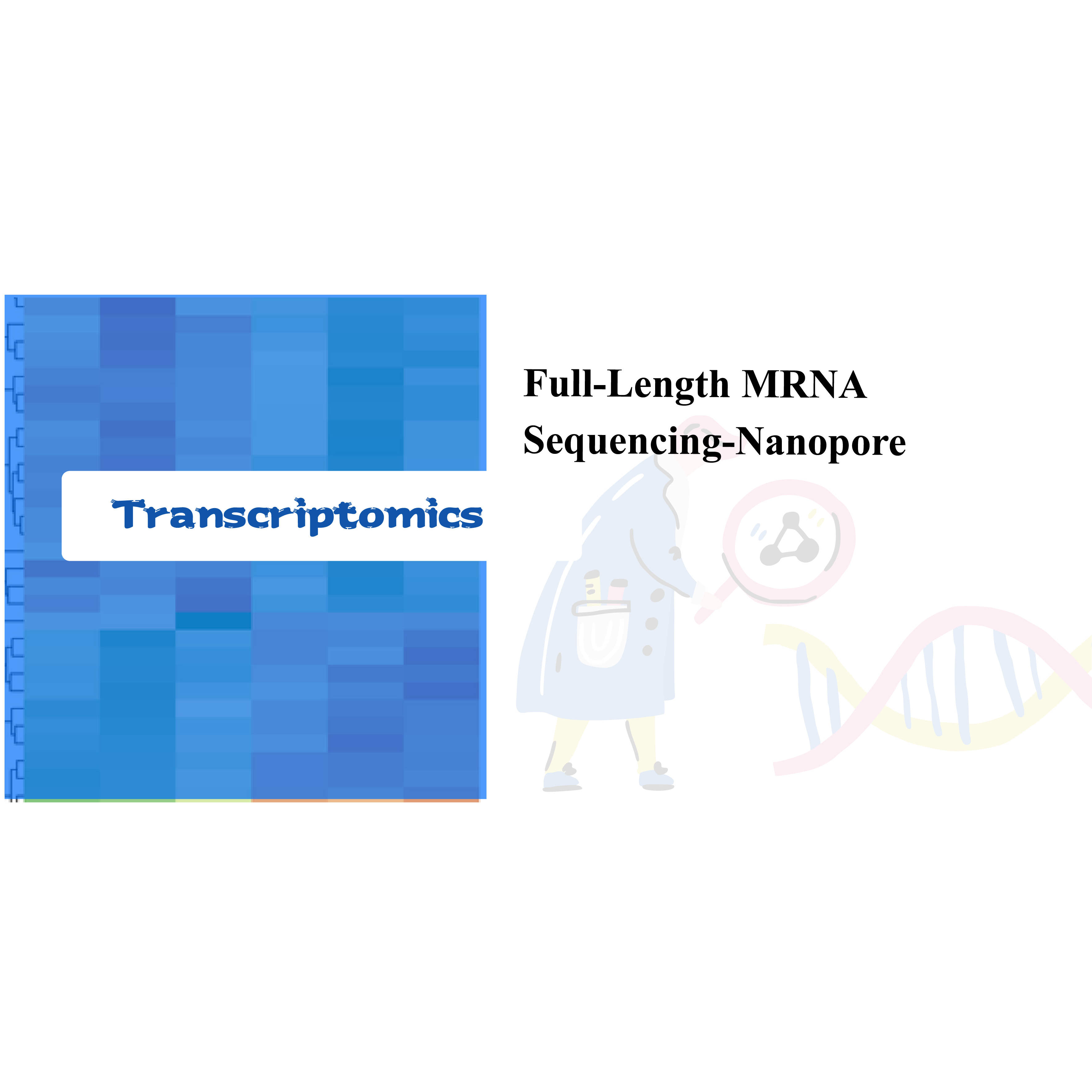
Full-Length mRNA Sequencing-Nanopore
While NGS-based mRNA sequencing is a versatile tool for quantifying gene expression, its reliance on short reads restricts its efficacy in complex transcriptomic analyses. On the other hand, nanopore sequencing employs long-read technology, enabling the sequencing of full-length mRNA transcripts. This approach facilitates a comprehensive exploration of alternative splicing, gene fusions, poly-adenylation, and the quantification of mRNA isoforms.
Nanopore sequencing, a method that relies on nanopore single-molecule real-time electrical signals, provides results in real-time. Guided by motor proteins, double-stranded DNA binds to nanopore proteins embedded in a biofilm, unwinding as it passes through the nanopore channel under a voltage difference. The distinctive electrical signals generated by different bases on the DNA strand are detected and classified in real-time, facilitating accurate and continuous nucleotide sequencing. This innovative approach overcomes short-read limitations and provides a dynamic platform for intricate genomic analysis, including complex transcriptomic studies, with immediate results.
Platform: Nanopore Promethion P48
-
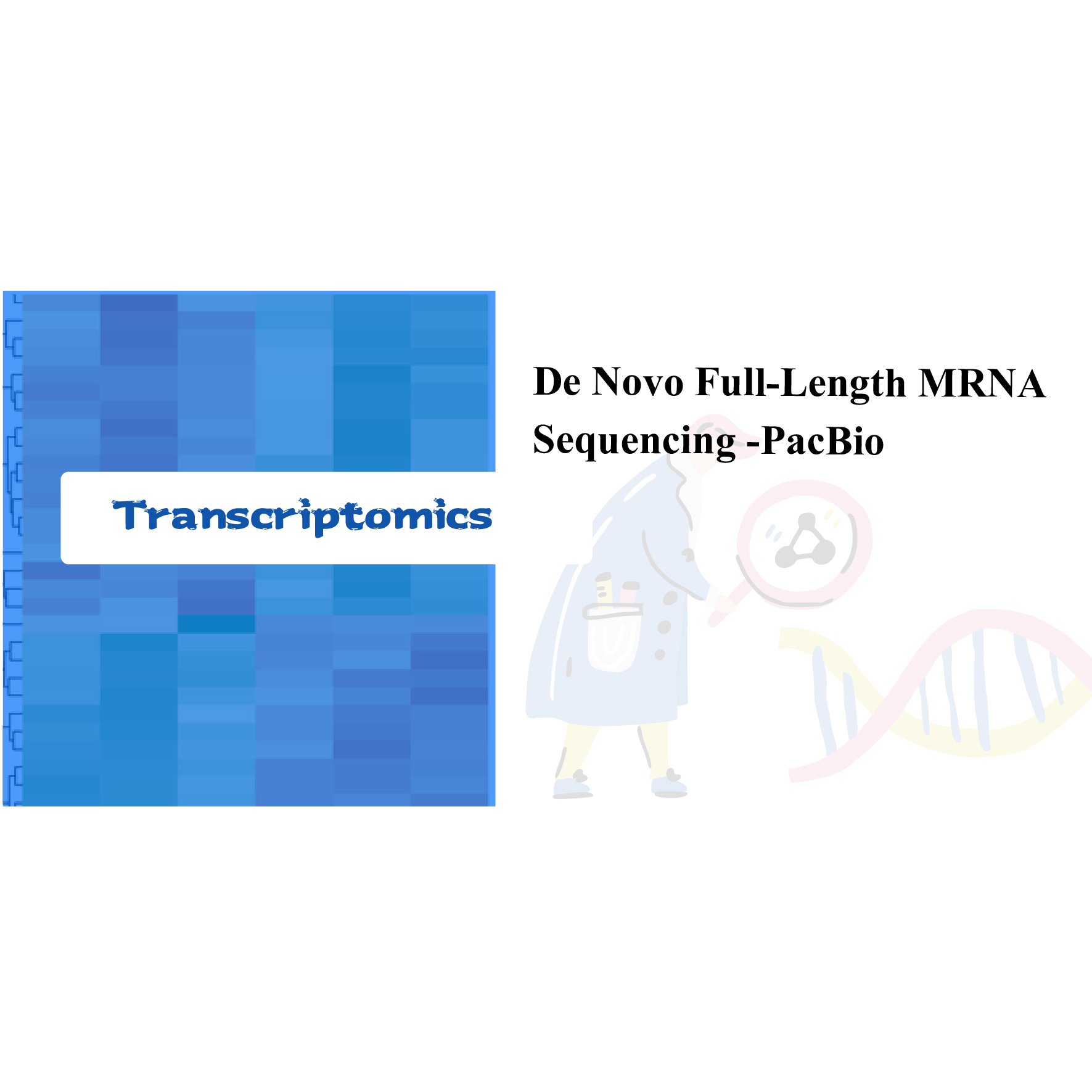
Full-length mRNA sequencing -PacBio
While NGS-based mRNA sequencing is a versatile tool for quantifying gene expression, its reliance on short reads restricts its use in complex transcriptomic analyses. On the other hand, PacBio sequencing (Iso-Seq) employs long-read technology, enabling the sequencing of full-length mRNA transcripts. This approach facilitates a comprehensive exploration of alternative splicing, gene fusions, and poly-adenylation. However, there are other choices for gene expression quantification due to the high amount of data required.PacBio sequencing technology relies on single-molecule, real-time (SMRT) sequencing, providing a distinct advantage in capturing full-length mRNA transcripts. This innovative approach involves using zero-mode waveguides (ZMWs) and microfabricated wells that enable the real-time observation of DNA polymerase activity during sequencing. Within these ZMWs, PacBio’s DNA polymerase synthesizes a complementary strand of DNA, generating long reads that span the entirety of mRNA transcripts. PacBio operation in Circular Consensus sequencing (CCS) mode enhances accuracy by repeatedly sequencing the same molecule. The generated HiFi reads have an accuracy comparable to NGS, further contributing to a comprehensive and reliable analysis of complex transcriptomic features.
Platform: PacBio Sequel II
-
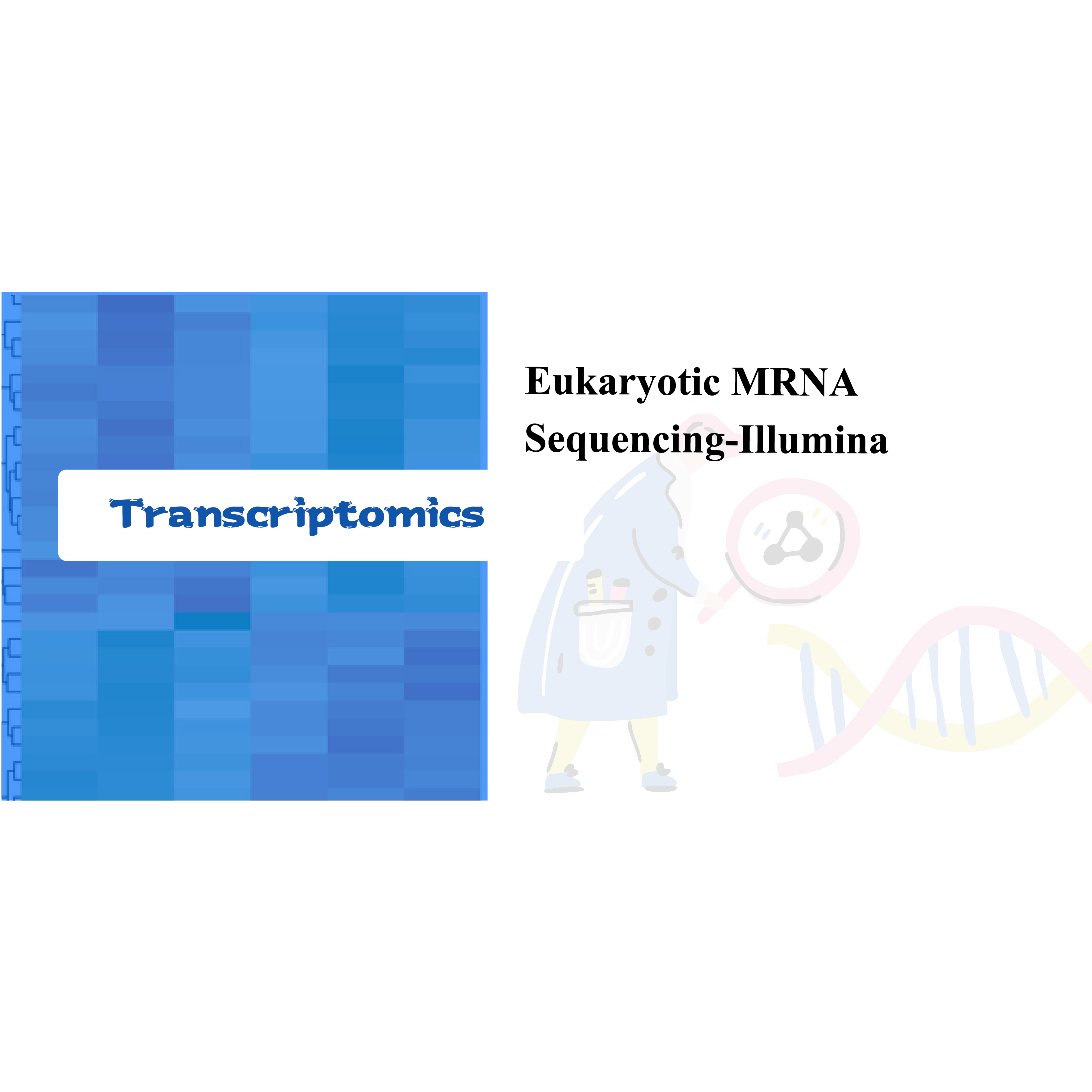
Eukaryotic mRNA Sequencing-Illumina
mRNA sequencing, a versatile technology, empowers the comprehensive profiling of all mRNA transcripts within cells under specific conditions. With its wide-ranging applications, this cutting-edge tool unveils intricate gene expression profiles, gene structures, and molecular mechanisms associated with diverse biological processes. Widely adopted in fundamental research, clinical diagnostics, and drug development, mRNA sequencing offers insights into the intricacies of cellular dynamics and genetic regulation, sparking curiosity about its potential in various fields.
Platform: Illumina NovaSeq X
-
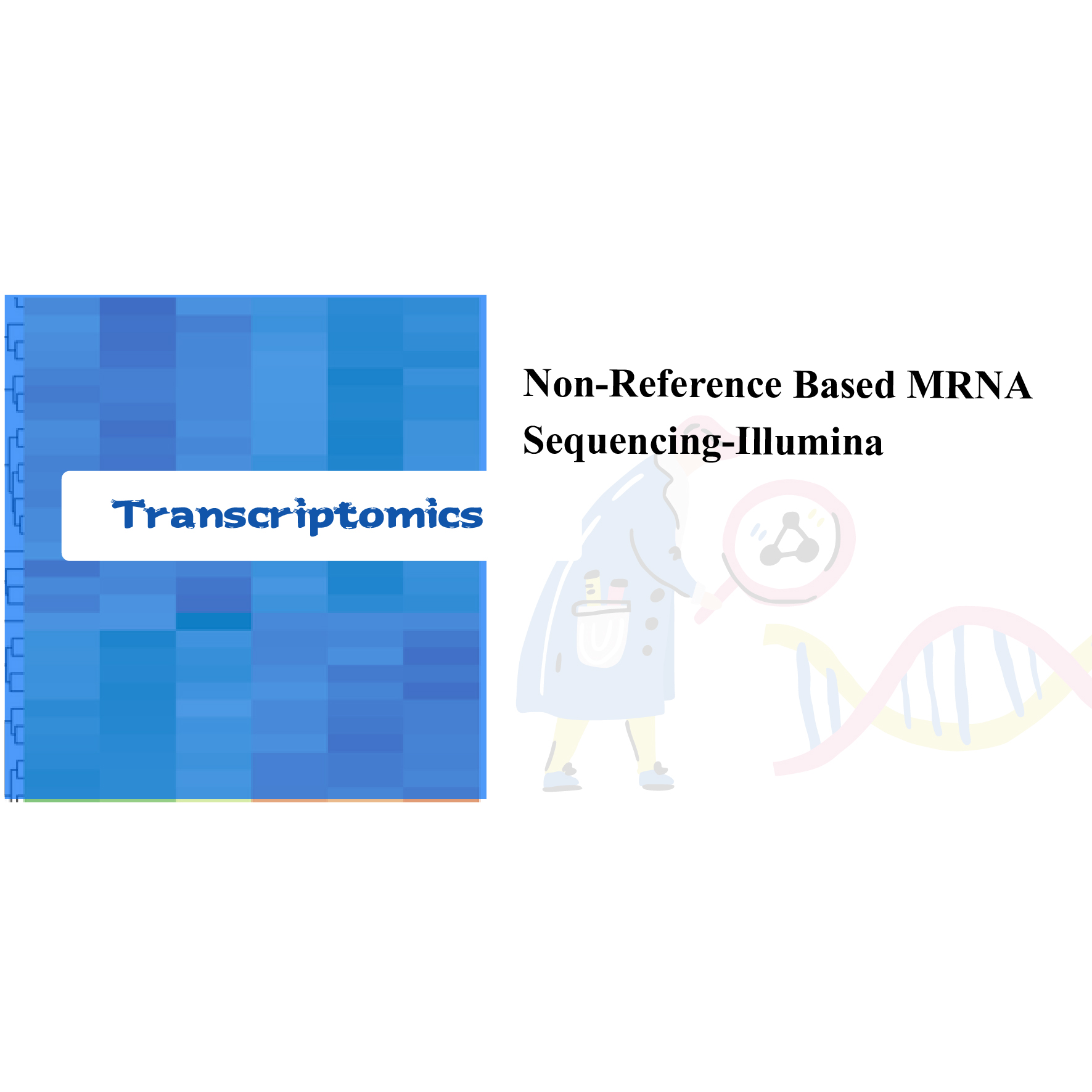
Non-Reference based mRNA Sequencing-Illumina
mRNA sequencing empowers the comprehensive profiling of all mRNA transcripts within cells under specific conditions. This cutting-edge technology serves as a potent tool, unveiling intricate gene expression profiles, gene structures, and molecular mechanisms associated with diverse biological processes. Widely adopted in fundamental research, clinical diagnostics, and drug development, mRNA sequencing offers insights into the intricacies of cellular dynamics and genetic regulation.
Platform: Illumina NovaSeq X
-
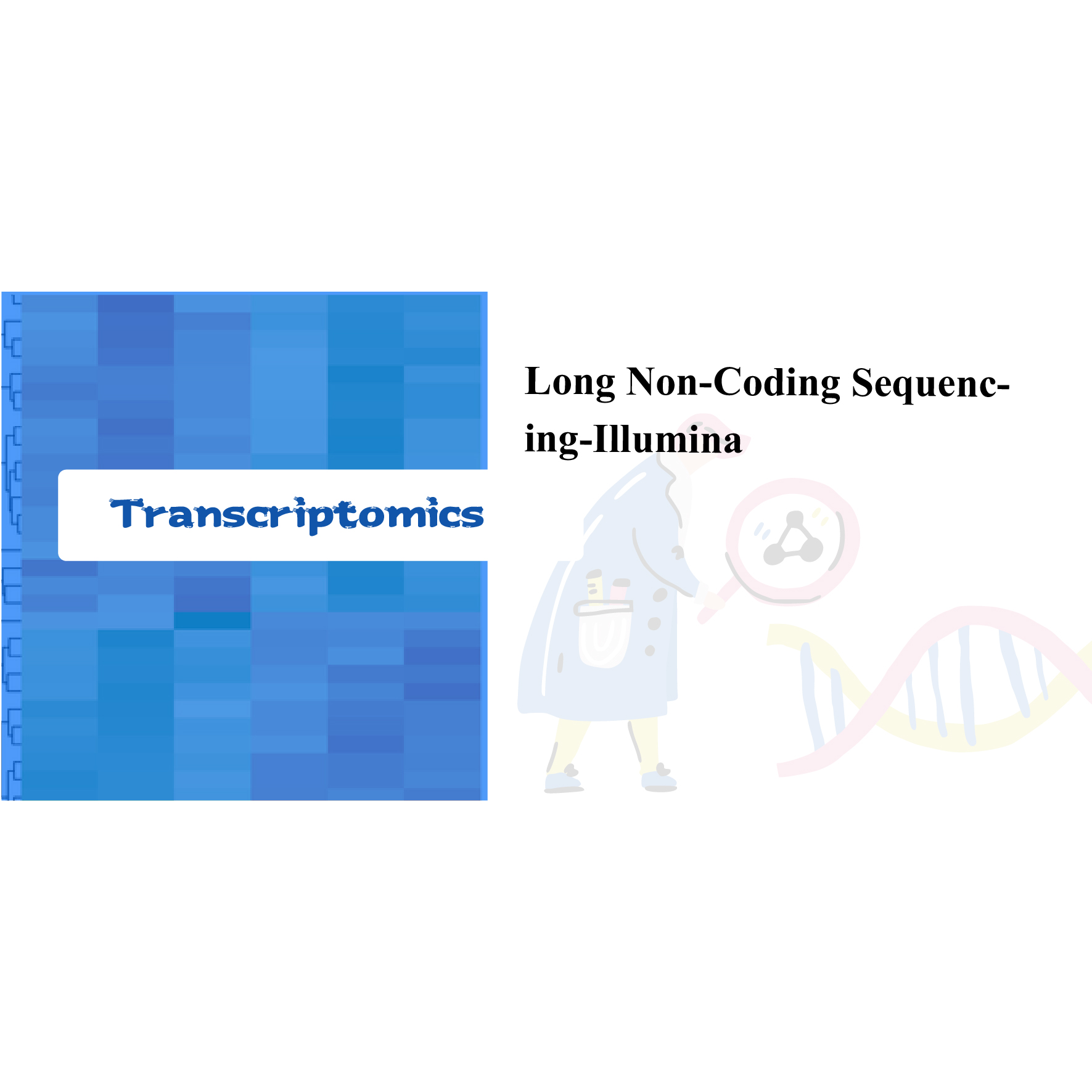
Long Non-coding Sequencing-Illumina
Long non-coding RNAs (lncRNAs) are longer than 200 nucleotides that possess minimal coding potential and are pivotal elements within non-coding RNA. Found in the nucleus and cytoplasm, these RNAs play crucial roles in epigenetic, transcriptional, and post-transcriptional regulation, underscoring their significance in shaping cellular and molecular processes. LncRNA sequencing is a powerful tool in Cell differentiation, Ontogenesis, and Human diseases.
Platform: Illumina NovaSeq
-
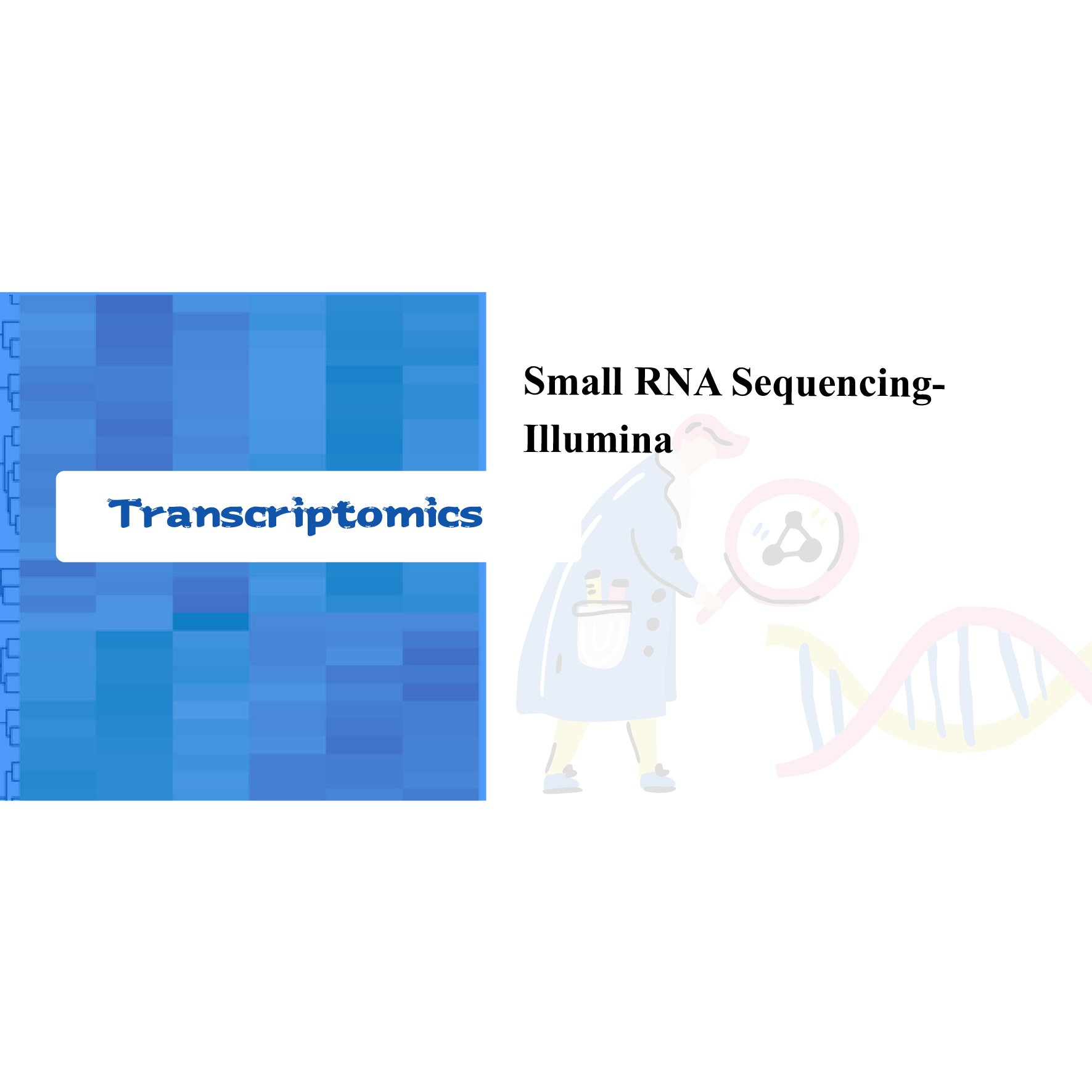
Small RNA Sequencing-Illumina
Small RNA (sRNA) molecules, include microRNAs (miRNAs), small interfering RNAs (siRNAs), and piwi-interacting RNAs (piRNAs). Among these, miRNAs, around 20-24 nucleotides long, are particularly noteworthy for their pivotal regulatory roles in various cellular processes. With tissue-specific and stage-specific expression patterns, miRNAs exhibit high conservation across different species.
Platform: Illumina NovaSeq
-
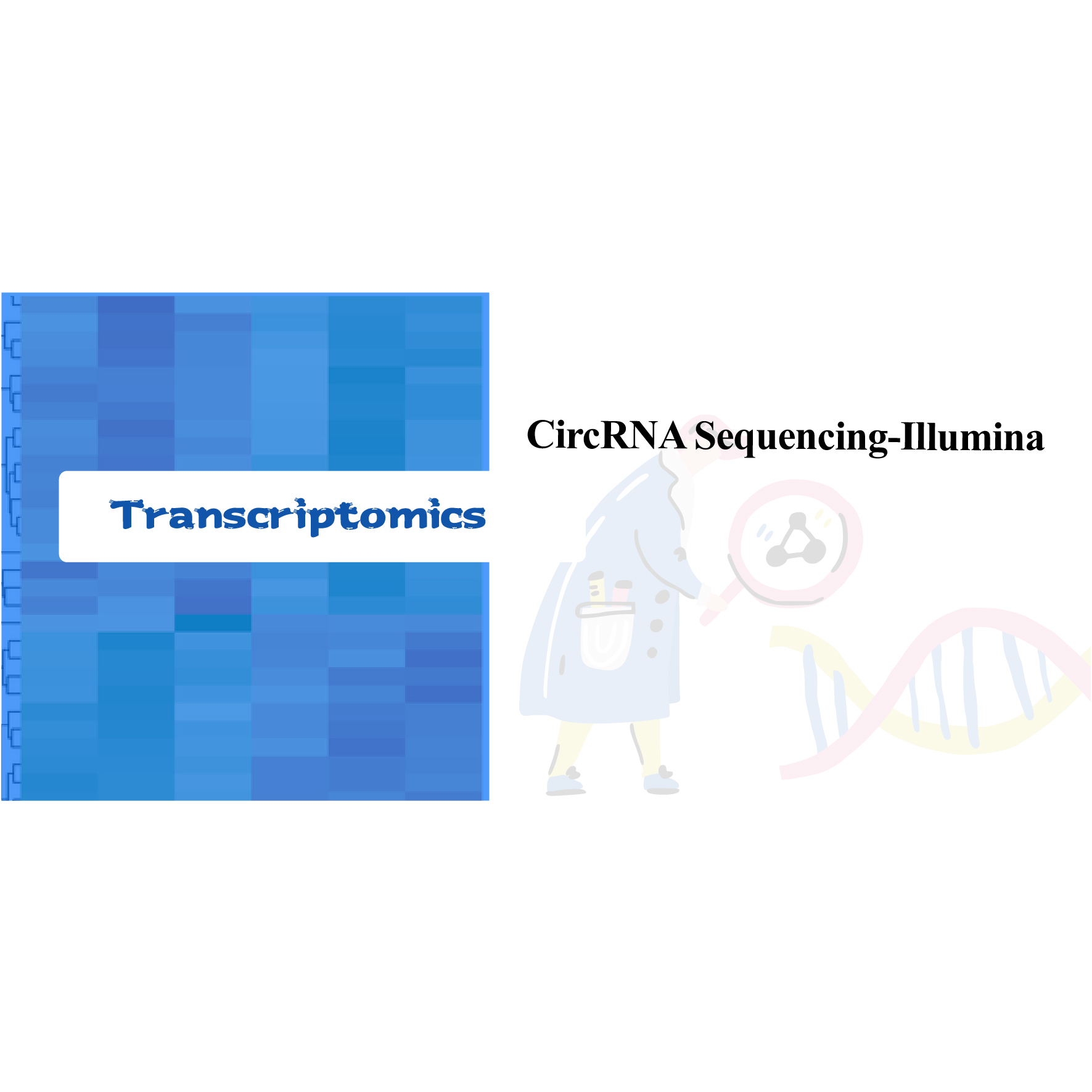
CircRNA Sequencing-Illumina
Circular RNA sequencing (circRNA-seq) is to profile and analyze circular RNAs, a class of RNA molecules that form closed loops due to non-canonical splicing events, providing this RNA with increased stability. While some circRNAs have been shown to act as microRNA sponges, sequestering microRNAs and preventing them from regulating their target mRNAs, other circRNAs may interact with proteins, modulate gene expression, or have roles in cellular processes. circRNA expression analysis provides insights into the regulatory roles of these molecules and their significance in various cellular processes, developmental stages, and disease conditions, contributing to a deeper understanding of the complexity of RNA regulation in the context of gene expression.

